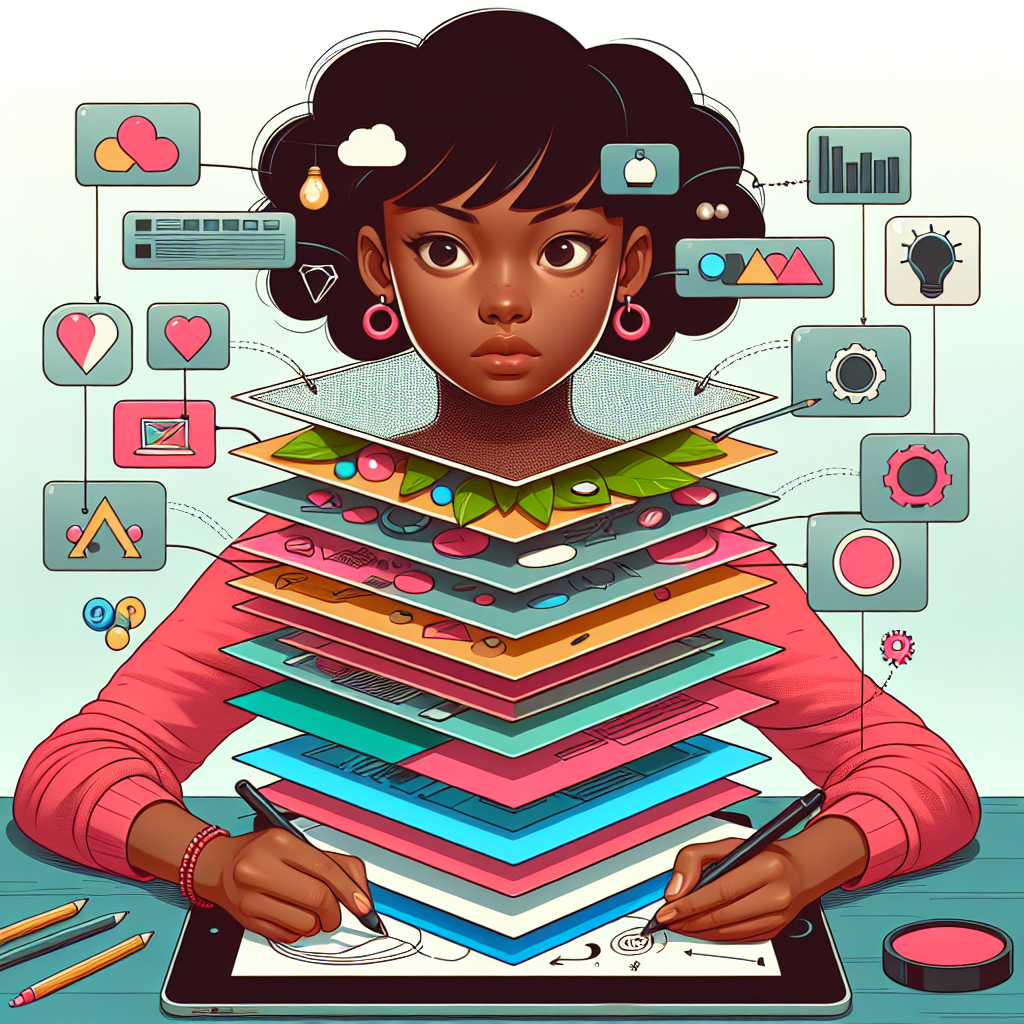Graphic design is a career that uses visual concepts and graphic design software to communicate ideas and inspire consumers. One of the most essential elements of graphic design software is layers. A necessary part of any design project, layers help to control, manage, and organize different parts of a design.
Understanding Layers
Layers in graphic design are like transparent sheets stacked on top of each other. You can create, modify, hide, and delete layers without affecting other content in the design. Layers are always used in a specific order, and you can rearrange them as needed. The layer at the top of the stack is always seen first, hiding what’s beneath it to varying degrees, depending on its opacity.
The Importance of Layers
Without layers, editing images would be much more challenging. Layers give you the flexibility to test different design elements without permanently changing your original image. They allow you to experiment with various aspects of your design without fear of making irreversible changes.
Effectively Managing Layers
When working with more complex designs, layers can quickly become difficult to manage. Here are some tips on organizing your layers effectively:
- Naming Layers: Naming your layers makes your work more straightforward to navigate, especially when you’re working with many layers.
- Using Layer Groups: This feature makes it easier to organize layers and keep your project structured. It’s beneficial when you’re dealing with many layers related to a specific part of your design.
- Color Coding: Some software allows for color coding layers. This visual aid can be beneficial in quickly identifying specific layers.
- Locking Layers: To avoid accidentally editing a finished layer, you can lock it to own it. It will prevent any unwanted changes from happening
Mastering Layer Modes
Understanding and mastering layer modes is crucial in making the most out of layers in graphic design. These modes control how a layer’s pixels blend with those beneath it, adding depth and complexity to your designs. They can also create a variety of special effects by modifying saturation, brightness, hue, and more. It’s helpful to experiment with these modes and familiarize yourself with their effects to enhance your designs truly.
While layers might seem daunting at first, they are a powerful tool for any graphic designer. By learning how to navigate and use them effectively, you can create more complex and professional designs.
Conclusion
In conclusion, layers in graphic design software are critical for creating professional and complex designs. Understanding, managing, and effectively using layers can significantly enhance the look of your creations and simplify the design process. Although mastering layers may take time and practice, the end results are certainly worth the effort.
Frequently Asked Questions
- What is the role of layers in graphic design software?
Layers play a significant role in allowing graphic designers to create, manipulate and organize their designs, providing flexibility and control over the editing process.
- How do layering modes contribute to a design?
Layering modes control how a layer’s pixels blend with those beneath it. They enable designers to apply a variety of special effects, such as modifying saturation, brightness, and hue.
- How can one effectively manage layers?
Effective layer management includes proper naming of layers, using layer groups, color-coding, and locking layers against unwanted changes.
- Why is understanding layers crucial in graphic design?
Understanding layers is crucial because it allows for experimentation without permanently altering an original image. It also organizes and simplifies the design process, making it more manageable.
- Can I do graphic design without using layers?
While it’s possible to create designs without using layers, doing so can significantly limit your flexibility and control over your design process. Therefore, understanding and effectively using layers is highly recommended.

